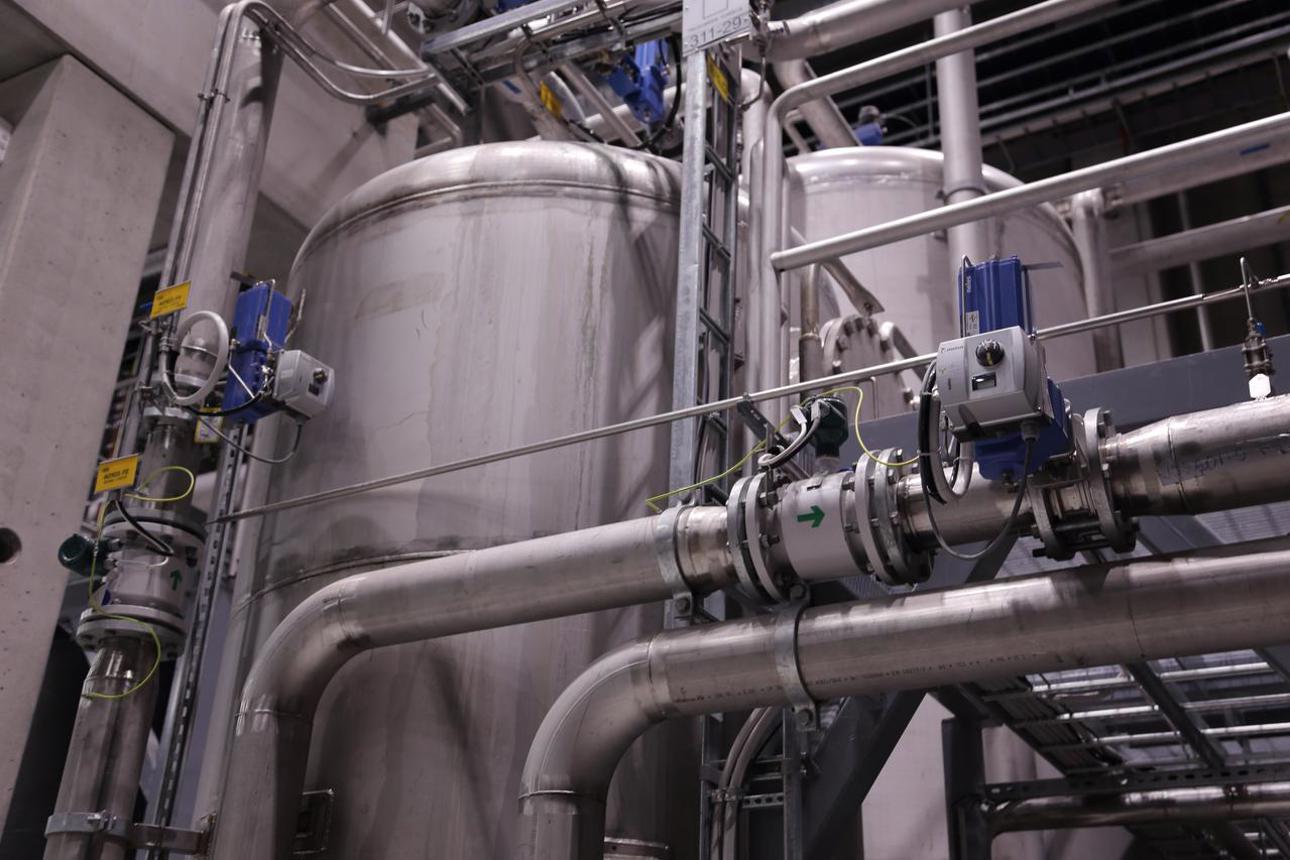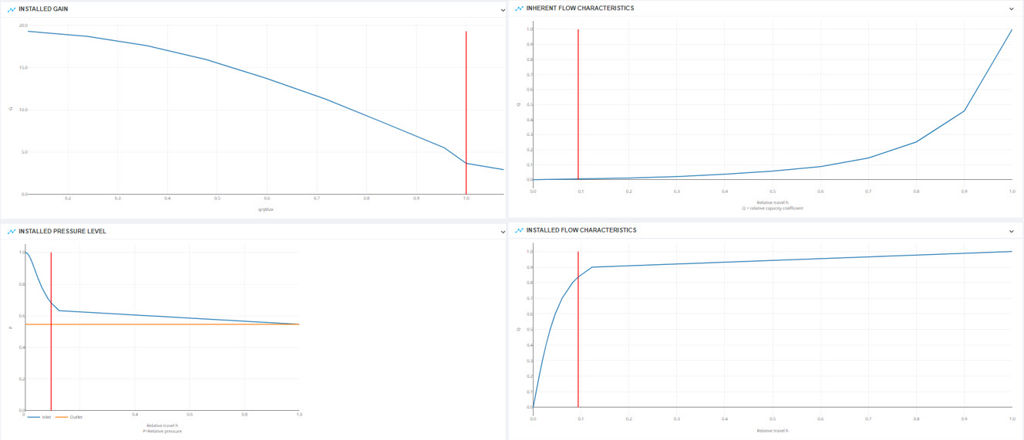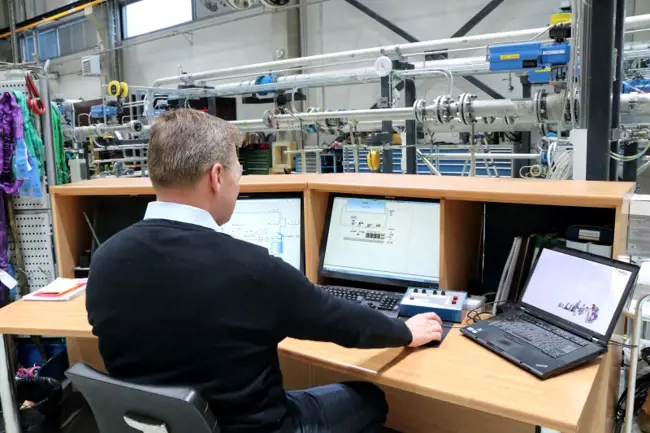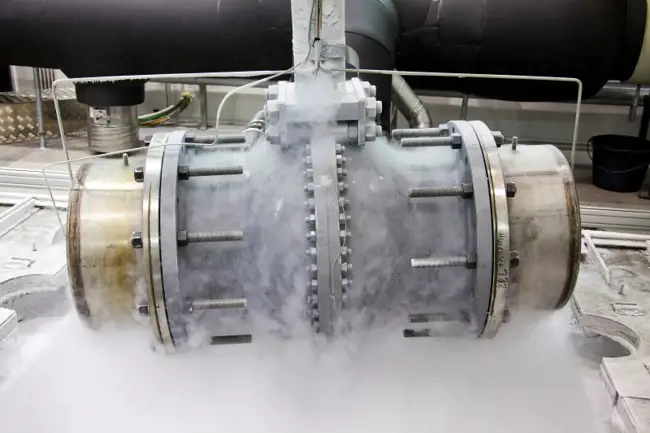Installed flow characteristic and inherent flow characteristic for a control valve - Ask the flow control expert
Aug 8, 2022
Q:What is the difference between the installed flow characteristic and the inherent flow characteristic for a control valve?

A: The inherent flow characteristic of a valve is defined in conditions where the pressure differential across the valve is kept constant. In constant pressure differential conditions, flow through the valve is proportional to flow coefficient Cv, which depends on valve travel.
Because the valve flow coefficient represents the effective cross-sectional flow area of the valve, the inherent flow characteristic curve shows the dependence of the effective flow cross-section on relative travel. Hence, the inherent characteristic is the shape of the flow curve in constant pressure drop across the valve. The most common inherent flow characteristic curves are an equal percentage, linear and a quick opening.
The installed flow characteristic is a function of pipeline pressure and the valve’s inherent flow characteristic
However, under installed conditions the valve is part of the process pipeline. Due to dynamic losses in pipe and pipeline equipment, the pressure drop across the control valve is very seldom a constant. Typically, the pressure differential across the valve decreases as flow through the valve increases. Therefore, the installed flow characteristic is a function of pipeline pressure and the valve’s inherent flow characteristic. This means that in the same process, where the valves have equal maximum flow capacities but different inherent flow characteristic curves, the installed flow characteristics are different. To optimize valve control behavior in installed conditions, such as linear, the installed flow characteristic curve should be targeted.
In order to study the valve’s installed characteristic accurately, two to three different sizing conditions are required. With the aid of modern valve-sizing software, such as Nelprof, the user has the possibility to model the installed flow curve, even outside the given conditions. In a case where only one condition is known, the DPm factor (i.e. ratio between pressure drop in design characteristic curves are an equal percentage, linear and a quick and fully closed condition) can be used to estimate installed behavior.

Expert: Vesa Lempinen. Director, Control Valves Product Center.

Subscribe to our newsletter
Subscribe now to our 'Go with the flow' newsletter and receive the latest insights directly to your email.
Subscribe

